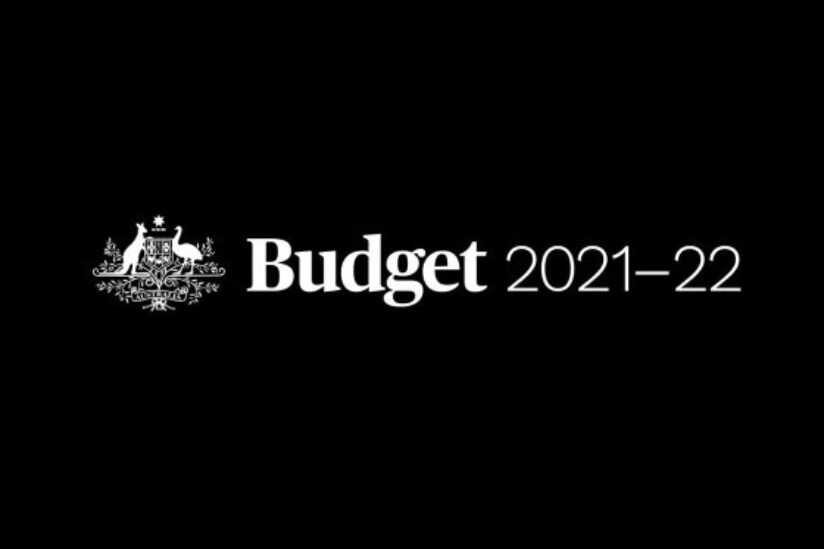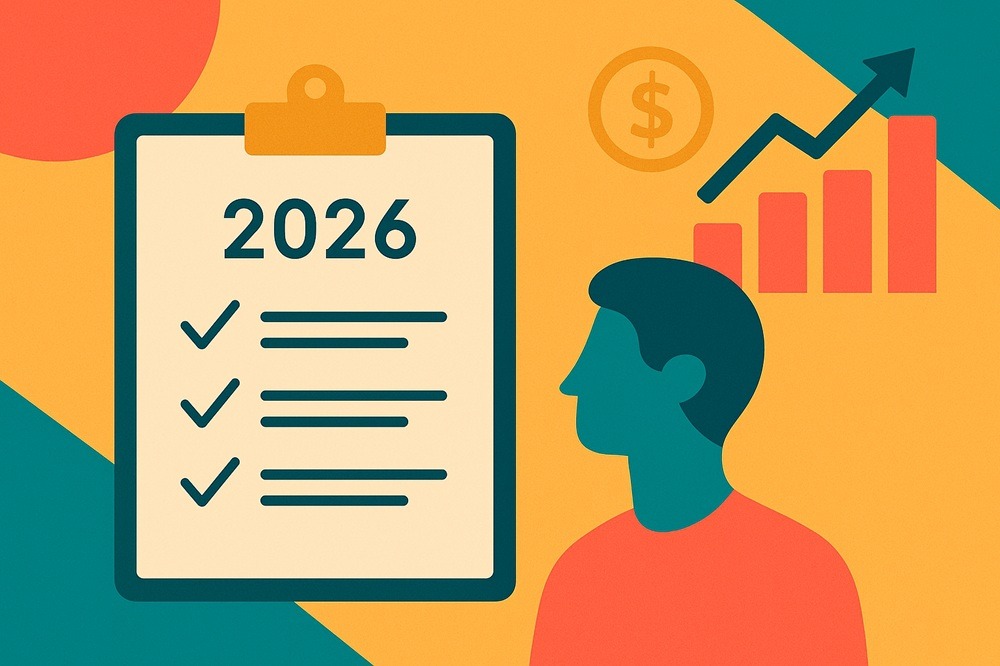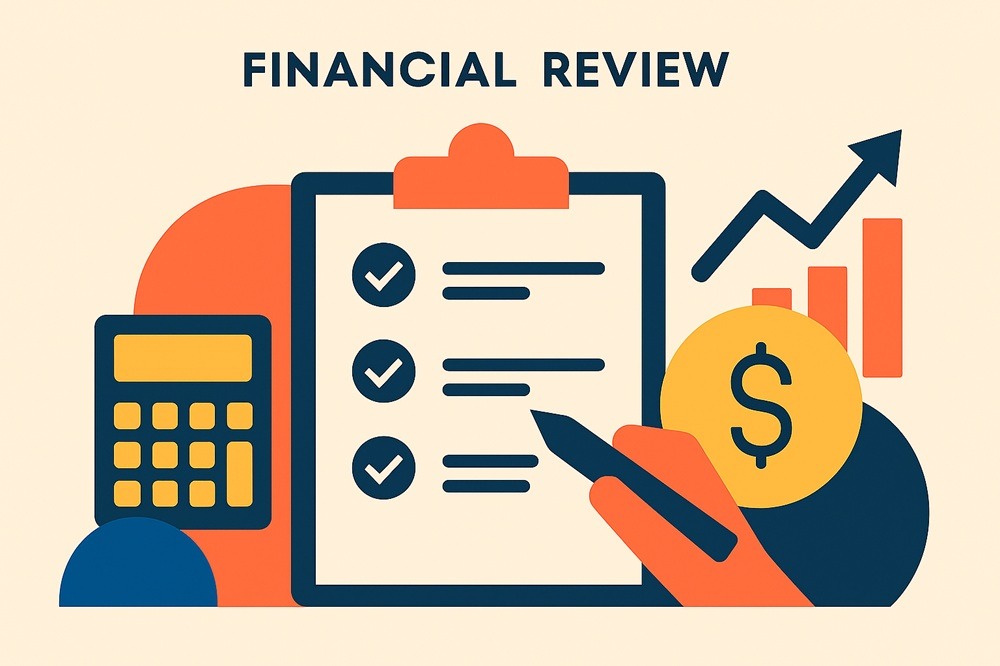Budget 2021

The world moved a little more back towards normal this week as Commonwealth Treasurer Josh Frydenberg delivered the 2021 Budget at the traditional time of just after Home and Away on the second Tuesday in May.
The Budget lays down the Commonwealth Government’s plans for spending and taxing over the coming financial year. Together, spending and taxing form the Government’s Fiscal Policy (sometimes known as Budgetary Policy). Fiscal policy is the Government’s main way to influence the economy at large.
After Budget night, there is often an unholy rush from media, commentators and even financial advisers to be the ‘first to press’ with what the Budget means for their readers. We tend to take a different approach. Rather than try to rush to press with a single comprehensive analysis, we prefer to take our time and spend a few weeks digesting specific parts of the Budget and thinking about its impact for our clients. This gives us time to read what others are saying, see other strategies that are being suggested and, over time, provide you with more comprehensive and useful information than we could provide if we tried to do all our thinking in the few days immediately after the Budget.
So, in the next few weeks, you can look forward to us giving you our thoughtful, considered take on some of the Budget announcements that were made earlier this week. This week, we will give you an overview of some of the ‘headline’ facts and figures from the Budget.
Headline 1 – Unemployment
The first real headline is that the Budget paints an optimistic picture for the economy as a whole. Given the damage that the pandemic might have caused, the fact that the unemployment rate for the 2019/20 year stayed below 7% was great news. Even better is the likelihood that unemployment in the current financial year will end the year around 5.5% and is then forecast to fall further to just 5% by June 2022. The Budget actually predicts even further falls in unemployment after that, but once you are looking more than 12 months into the future the forecasts get a bit woolly, so let’s just stay with the year that is coming.
To put these numbers in perspective, official unemployment has not dropped below 5% since 2011. So, unemployment is currently tracking towards its lowest level for the last decade.
Falling unemployment is really good for the Commonwealth Budget’s ‘bottom line.’ Firstly, less unemployment means more people working and thus spending. This increases Government revenue from things like income tax and the GST. Secondly, fewer people unemployed means fewer people receiving unemployment benefits, which reduces Government spending. Both of these things help the Government either reduce their Budget deficit (or, in times unlike these ones, increase their surplus). This brings us to headline number 2…
Headline 2 – Budget Deficit
The strong result for employment is especially good news because the Commonwealth Budget is forecast to have a deficit of $161 billion for the 2021/22 year. In pure dollar terms, this is the highest deficit we have ever had.
That said, $161 billion is actually a pretty good result: back in December 2020, the forecast was for a deficit of $214 billion for 2021/22.
Remember, a Budget deficit means that the Government is spending more than it is taking in as tax. This might sound like a bad thing (and it would be if you were running your household budget like that!) But if the Commonwealth spends more than it takes back, this must mean that there is more money ‘out there’ in the economy. Given the impact of the pandemic, this type of stimulus is actually what our economy has needed and the fact that the Commonwealth has provided so much stimulus is one of the main reasons that our unemployment figures have fallen so pleasingly.
$161 billion amounts to around 7.8% of total Gross Domestic Product. GDP is basically the total of all paid economic activity in the economy. Put simply (and it is a little more complicated than this), the Government’s deficit has made the economy about 8% larger than it otherwise would be. That is why the deficit, while it might look a little startling, is actually a good thing for the community.
The Commonwealth finances deficit spending by borrowing money. If the deficit for 2021/22 comes in at the expected level of $161 billion, total Government debt will reach approximately $829 billion. This is a very large number, but again, it needs to be viewed in perspective.
Firstly, interest rates are extremely low at the moment. So, the interest being paid by the Commonwealth on this debt is not high. If you are ever going to owe $829 billion, now is the time to do it.
Secondly, at present around 20% of total Government debt in Australia is actually owned by the Reserve Bank of Australia, as shown in this somewhat complicated graph from the RBA:

The RBA is in turn owned by the Australian Government. So, about 20% of the Government’s total debt is actually owed to itself. Obviously, this also means that 20% of the interest paid by the Commonwealth will actually come back to the Commonwealth as revenue from the RBA. Once again, if you are going to owe a lot of money to a bank, owning that particular bank helps tremendously.
Deficits are not inherently bad things. As we say above, the general aim of a deficit budget is to allow the Commonwealth to make the economy larger than it would otherwise be. And, as the next headline shows, this aim is being met.
Headline 3 – GDP
The pleasing situation for unemployment is reflected in the numbers for the economy as a whole. As of April 2021, the total size of the Australian economy was almost where it was just before the pandemic and the forecast is that the economy will be larger than ever by the end of June 2021. Here is how the Commonwealth presents the data:

Understandably, the Government is pretty pleased with our GDP performance to date and the prospects for the future. The 80% of Commonwealth debt not owed to the RBA is much easier to repay if the economy is going well.
What’s more, our GDP numbers are very good ones by world standards. Australia did better than pretty much any other country last year. So, we thought we would end this article with the following graph, also sourced from the Budget website, which shows just how lucky Australia has been, by world standards, during the pandemic so far:

Our recession was better than pretty much everyone else’s. Have a great week!


